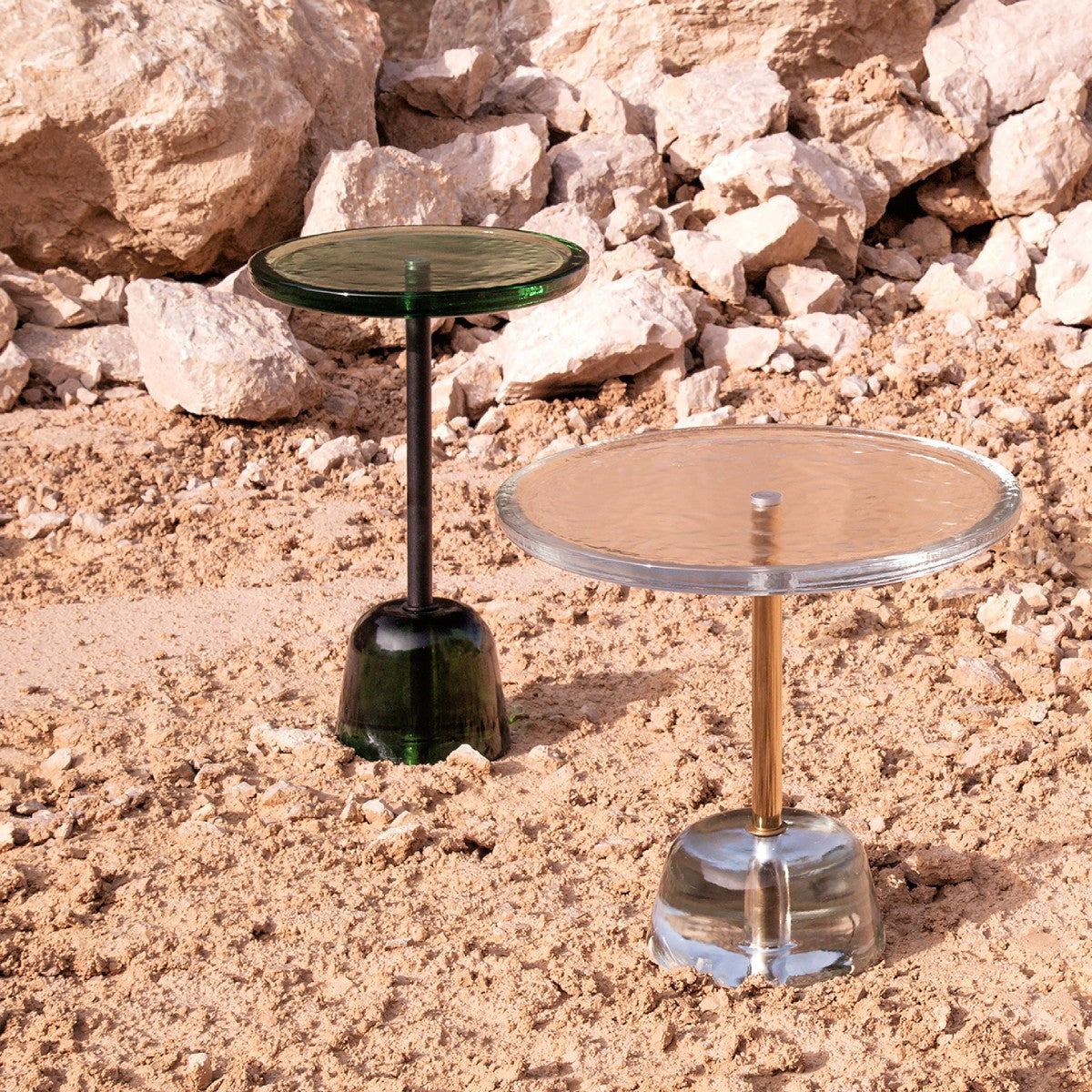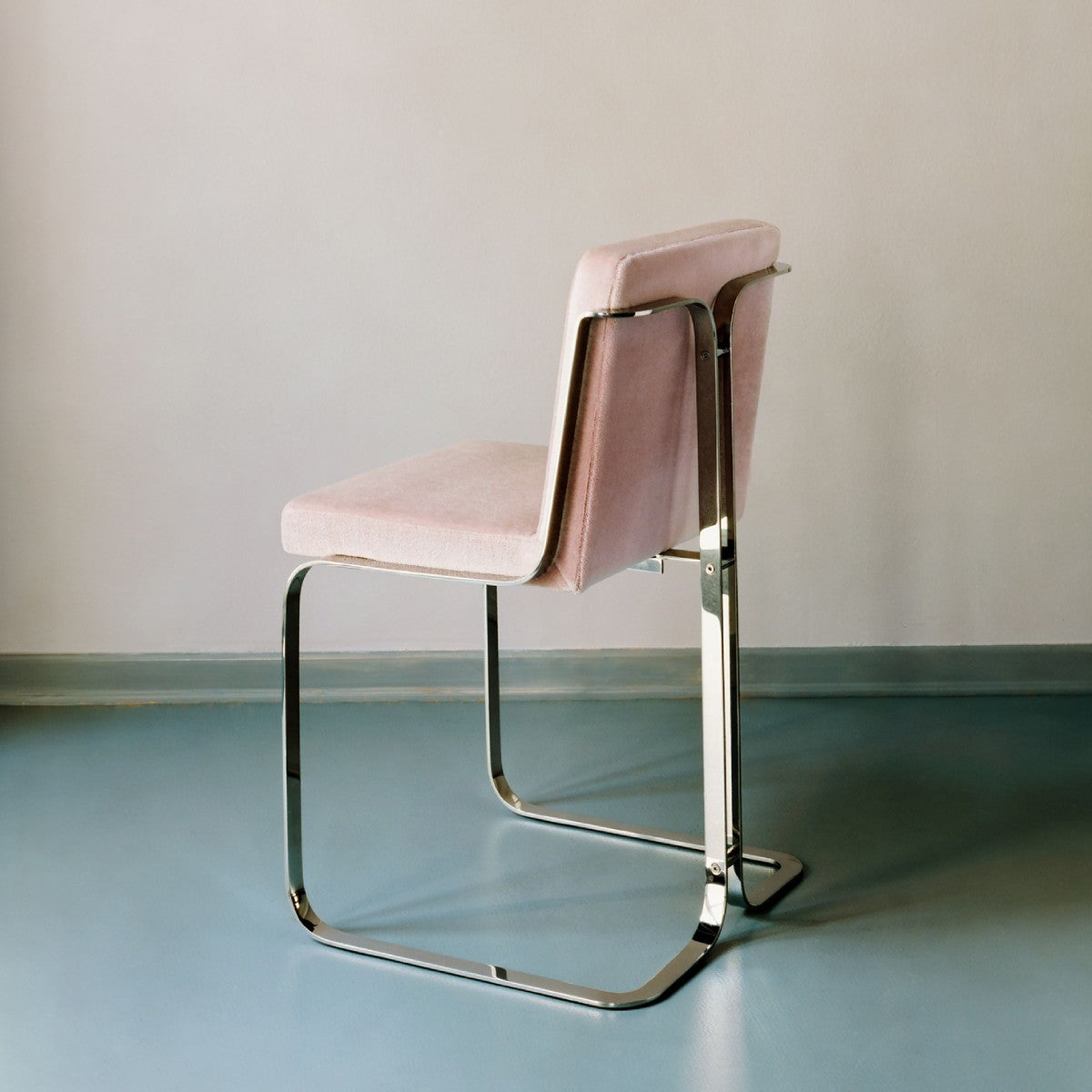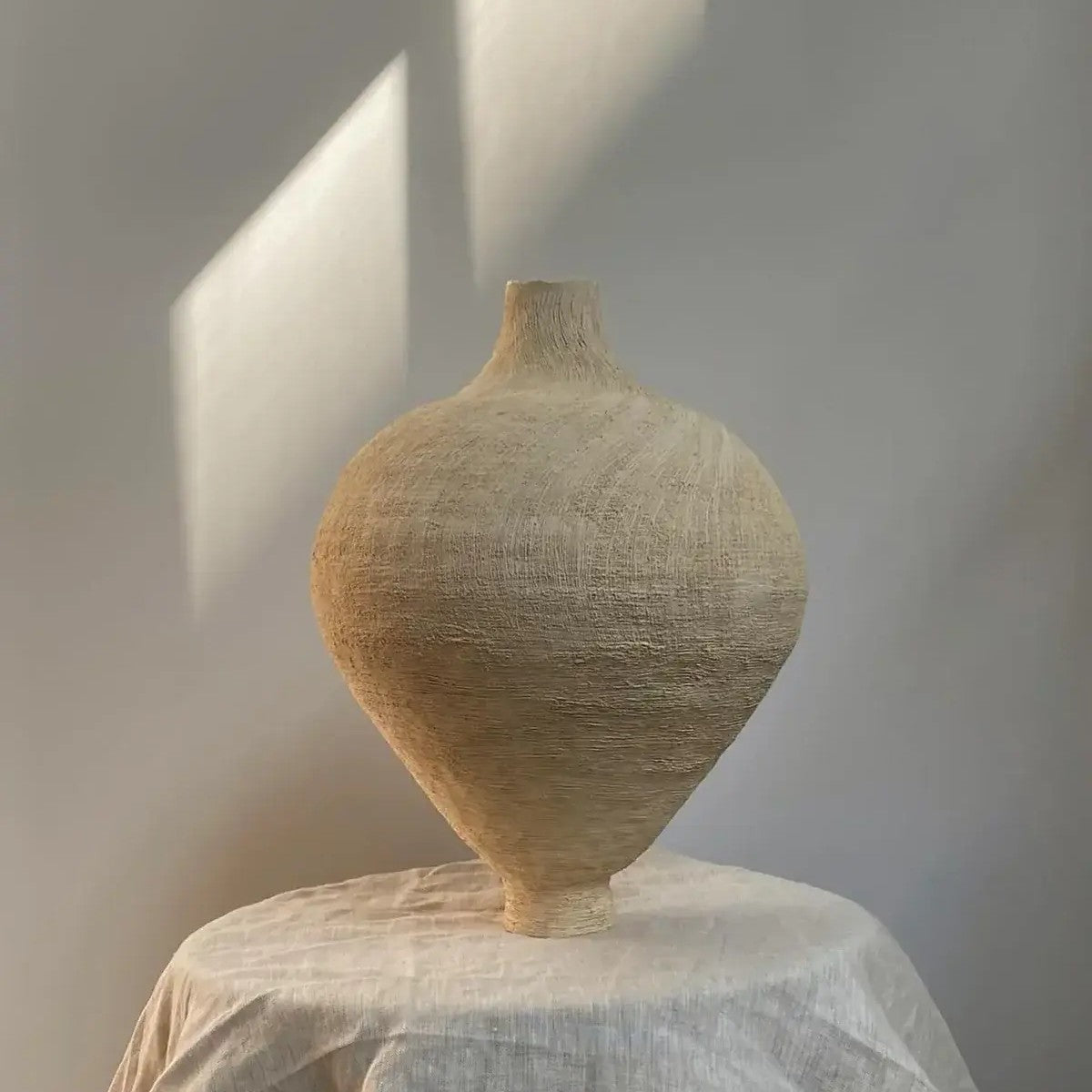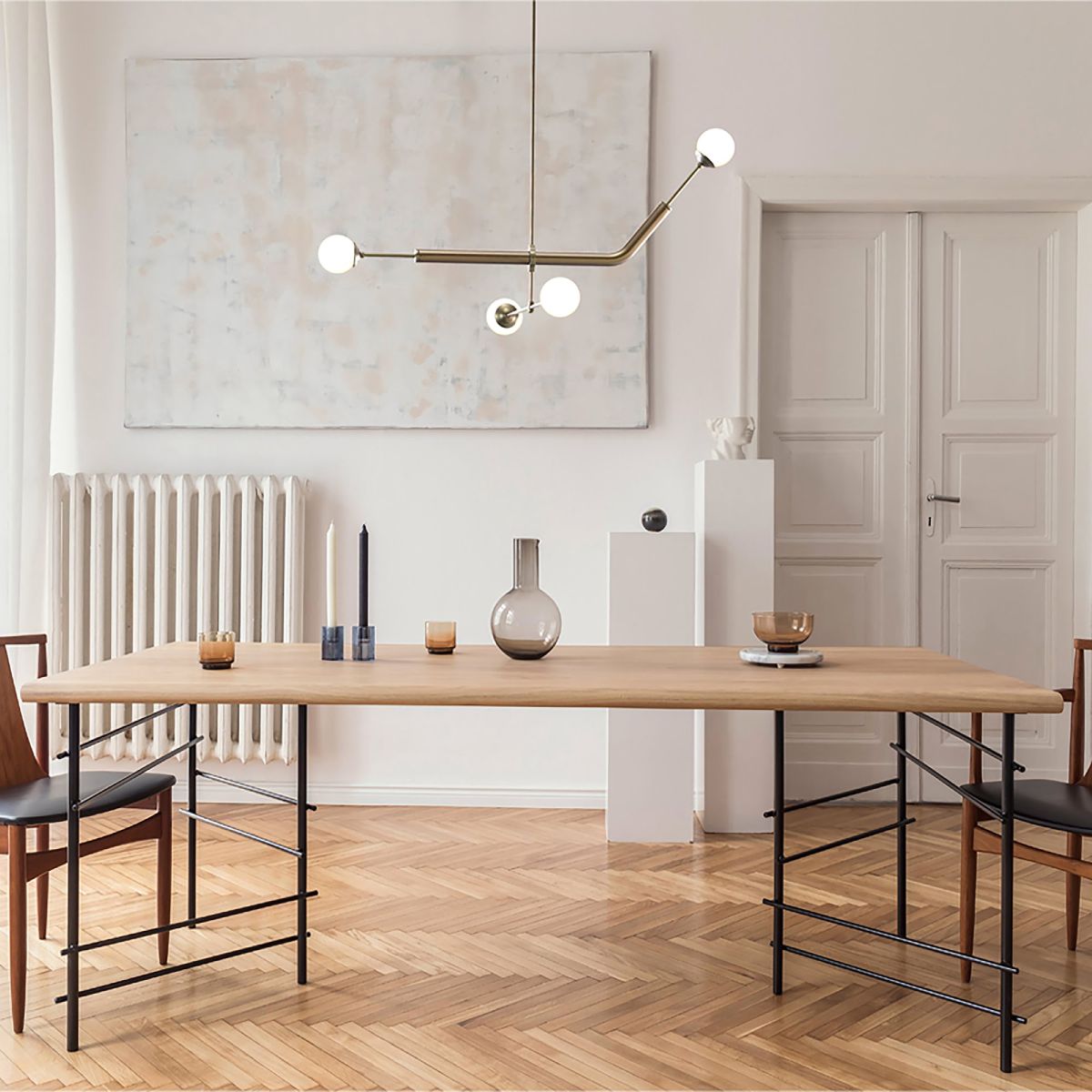To help answer it, we commissioned a special report to help design professionals make sense of the often conflicting information out there. Environmental and social design writer Roddy Clarke’s Sustainable & Craftsmanship 2023 dossier examines how design professionals can ensure their designs tread as lightly as possible on the planet. The supporting stats exemplify how a rapidly growing number of consumers are rejecting mass-produced goods and favouring considered, handcrafted pieces with longer lifespans, low-impact production and high rental and resale value.

Roddy Clarke’s Supporting Stats:
- A new generation of consumers – most notably Millennials and Gen Zs – are committed to a ‘buy less, buy better’ mentality. The Craft Council’s 2020 Market for Craft report stated that of the 73% of UK adults investing in craft during 2019, 32% of buyers were aged under 35.
- The global market for second-hand furniture is expected to grow from $23.62 billion in 2019 to $44.76 billion in 2025, at a CAGR of 10.6%. (Source: Mordor Intelligence)
- A report by McKinsey & company found that up to 80% of a product’s environmental impact is determined during the design phase, highlighting the importance of sustainable design practices.
- 10.3 million British consumers are now buying craft online (source: 2020 Market for Craft report), highlighting that artisanal excellence has never been easier to access.
- The rise of TV shows such as the UK’s The Repair Shop (series 6 was watched by 6.7 million people) and Blown Away in the US demonstrate how consumers’ fascination lies not just in the aesthetic appeal of a one-off design but also in the craft processes involved in the creation of it. In an increasingly digital world, craft objects offer consumers a tangible connection to the maker and a more fulfilling buying experience.
- A report by IBM found that in 2022, roughly 4 in 5 consumers say sustainability and health and wellness benefits are important to them when choosing a brand. The same report found that 62% of consumers are willing to change their shopping habits to reduce their environmental impact.
At Curio, our ethos is to make everything we own matter – to make it emotional, considered, and thoughtful. We offer an antidote to trends and throwaway culture, unearthing talented makers from around the globe, retelling unique brand stories, while honouring craft. By doing so, we hope to not only reframe the way people think about the objects they surround themselves with but also preserve age-old crafting techniques for future generations.
We champion the trailblazing organisations, individuals, and brands that are paving the way for a sustainable and greener future. Here, we highlight some Curio Makers who have found inventive ways to reduce, reuse and reimagine resources through their practice.

Goldfinger
Goldfinger is renowned for its resourceful approach and commitment to sustainability. The West London workshop, situated below the iconic Trellick Tower, is home to skilled workers who repurpose salvaged wood and machinery to create beautifully crafted objects while supporting the local community and economy in Golborne Ward, one of London’s most deprived neighbourhoods.

Nicola Cecutti
Nicola Cecutti’s high-quality lighting designs are intended to be easily repairable and upgradeable, reducing waste, while promoting a circular economy in the process. Using recycled and sustainable materials wherever possible - including recycled aluminium and FSC-certified wood - Cecutti produces in small batches, repurposing offcuts and scrap materials to minimise waste. All his lighting products are manufactured in the UK.

Lisa-Marie Price
For Pembrokeshire-based artist, Lisa-Marie Price, sustainability and ethical production are at the forefront of her practice. Using natural and organic materials that have a low environmental impact, she often works with local farmers to source sheep’s wool, plant dyes, and other natural fibres. Price also uses solar panels to generate electricity and collects rainwater to dye her fibres.

Granite and Smoke
Granite + Smoke’s materials are 100% natural, renewable, and biodegradable, including certified and ethically sourced lambswool and cashmere, which meet the highest standards of animal welfare, environmental care, and social sustainability. The brand also use recycled post-consumer textile waste from the fashion industry for yarns, reducing the use of precious raw materials and landfill waste.
MORE RESPONSIBLE MAKERS
1. Alex Mint
2. Relay Design Projects
3. Stone Stackers
4. Modet
5. Mediterranea Design
6. Unit 89
Shop Now















Leave a comment
This site is protected by hCaptcha and the hCaptcha Privacy Policy and Terms of Service apply.